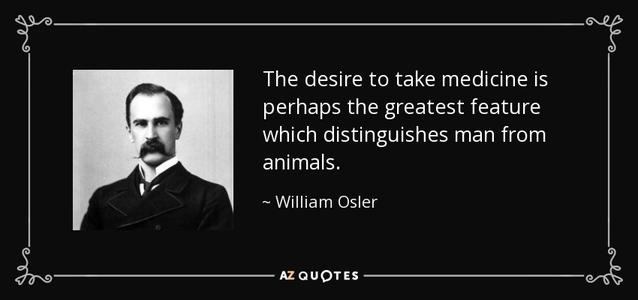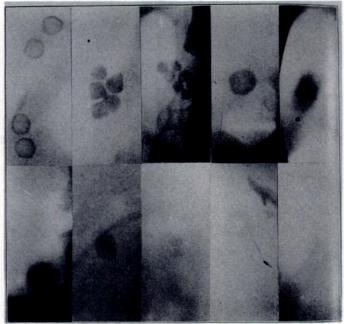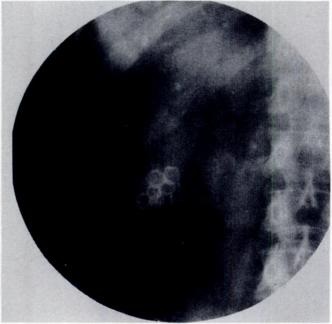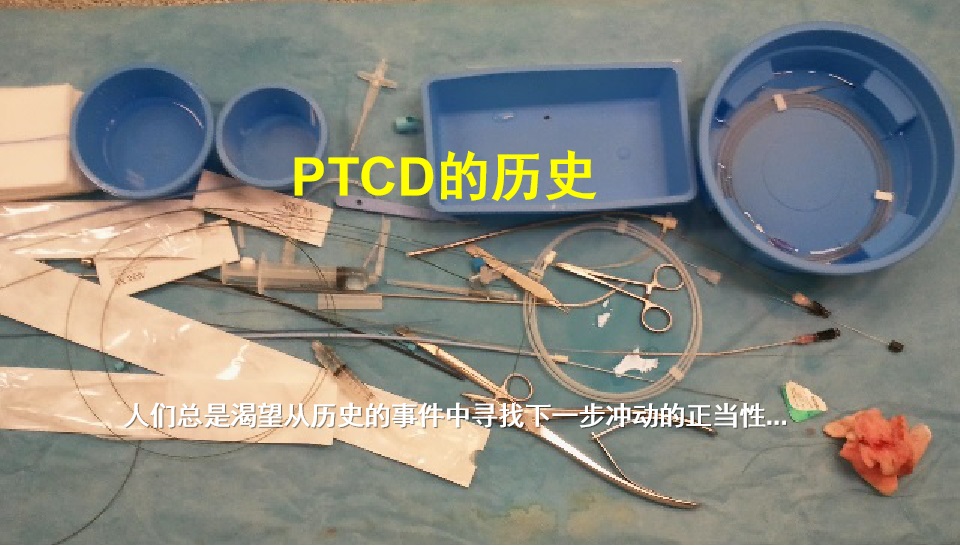 1895年伦琴发现X线后,最初不认为胆囊结石是可以看见的。外科医生仅仅依赖临床检查发现胆道疾病。1897年 当时著名医生 William Osler【1】怀疑地问道,”你可以用X线看见胆道结石吗?“没有人给他一个答案。
3年后,Carl Beck【2】首次报告在患者X线检查中发现胆囊结石,并在纽约县医学会报告2例,但当时的听众勉强地(reluctant)接受他的解释。后来其他人拍摄了让人稍微可信的胆囊结石的平片(下图1)。1910年三个分别独立的医生,George E. Pfahler,Lewis Gregory Cole,和James T. Case 首次在X线片上毋庸置疑的显示胆囊结石(下图2,3)。1918年增强化的屏幕和Potter-Bucky光圈级移动光栅大大改进了软组织成像的细节。
1921 – 德国 马尔堡Burckardt 和 Muller 教授首次经皮经肝胆囊穿刺(0.8mm 针),用含有银的液体或空气作为造影剂显示胆囊内的解释和胆管树【7】。这大概是胆道系统介入放射学的鼻祖。
在1909年,酚酞复合物由肝分泌到胆道的实验动物的工作已经成熟【8】,1921年也发现了胆汁在胆囊内浓缩的过程【9】.基于这一背景,Warren H.Cole 和 Evarts Graham 计划静脉注射胆道造影。Cole,作为一个外科住院医,通过给狗静脉注射四溴酚酞进行胆道造影,经过200次的实验,终于有一只狗的胆囊显影了。Cole回忆到,”当时我站在灯箱(viewbox)旁研究X线片,眼角外(out of the corner of my eye)我看见 Dr. Mills(放射科医生 )穿门过来,听到他匆匆的脚步声,嘎然而止。Mills锐利的眼睛盯住片子上的他以前从来没有看见的什么东西,然后说,“年轻人,你从哪弄来的片子?”Cole 解释说,恐怕那东西可能是狗身上的什么阴影,Mills回答说:“别傻了,年轻人,这是狗胆囊的阴影”【10】。 尽管有了一次成功,但以后进一步的实验都失败。绝望中,Cole 请教动物管理员,那条狗与其它狗有什么不同。由于担心受到训斥,动物管理员吞吞吐吐轻声说,你那天早上注射的那条狗,我忘了喂食了。Cole抓住这一重要的信息,进一步实验一夜禁食的狗,获得胆囊显影的成功【11】。 Graham 和 Cole 【12】后来成功地在人实验胆囊显影。但是,病人会感到恶心,背部疼痛,呕吐等,但这些症状可以快速缓解。
1934 – Kalk first used peritoneoscope for cholecystocholangiography
1937 – Dr. Pierre Huard & colleague injected Lipiodol into liver resulting in opacification of biliary tree
1952 – percutaneous biliary tract opacification rediscovered by 2 NY surgeons, Carter and Saypol, and published in JAMA
1954 – Japanese surgeons at Tohoku University developed percutaneous transhepatic puncture of GB with 0.7mm needle
Late 1950s – Introduction of television fluoroscopy
1969 – Ohto et al. at Chiba University developed a method to perform procedure without need for surgeons Thin unsheathed needle, R flank approach, injection of contrast medium
1969 - Jüri V. Kaude 首先经皮穿刺进行胆道引流,开创经皮胆道疾病治疗先河
1975 – Dr. Allan Redecker popularized the technique in US and coined the term ‘Chiba needle
Endoscopy. 1980 Jan;12(1):2-7.
Thin needle percutaneous transhepatic cholangiography - historical review.AbstractIn this review, the historical background of the development of the thin needle technique for percutaneous transhepatic cholangiography is described. History goes back to 1921 when cholangiography was first attempted via the gallbladder in Germany. Despite the subsequent progress, frequent bile leakage necessitated a turn to the transhepatic technique which was vastly improved by the introduction of the TV monitoring system. Finally, the development and refinement of the technique for percutaneous transhepatic cholangiography which occurred mainly in Japan, particularly at the Chiba University Hospital, first in the hands of surgeons and then internists, is detailed with references. 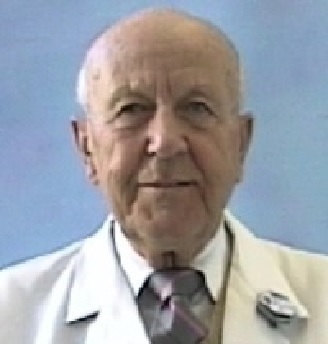
自 Jüri V. Kaude 在1969年首次开始引入经皮经肝胆道引流以来,PTCD 经历了40多个年头,仍然充满着各种不确定性…
 (责任编辑:admin) |

|
